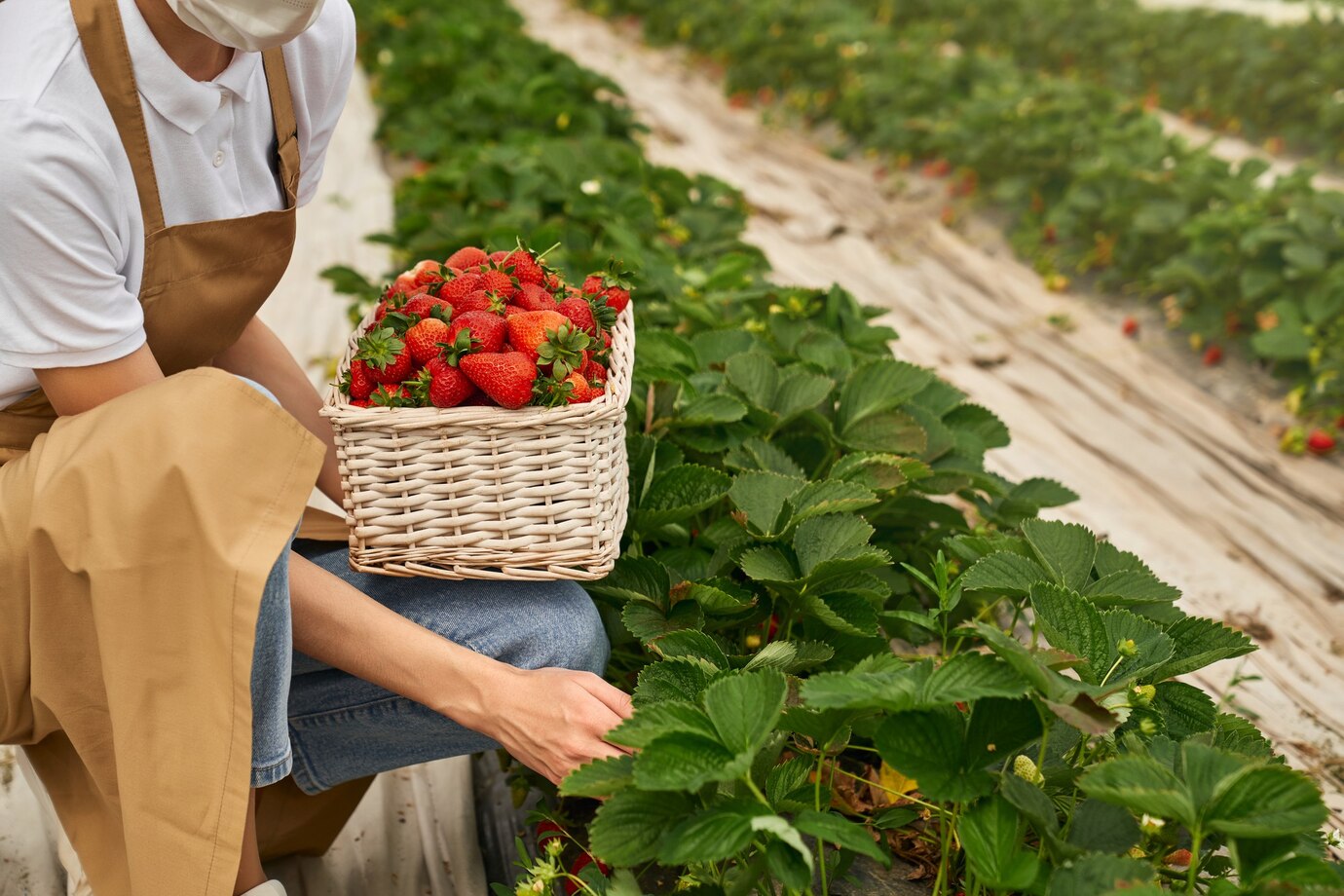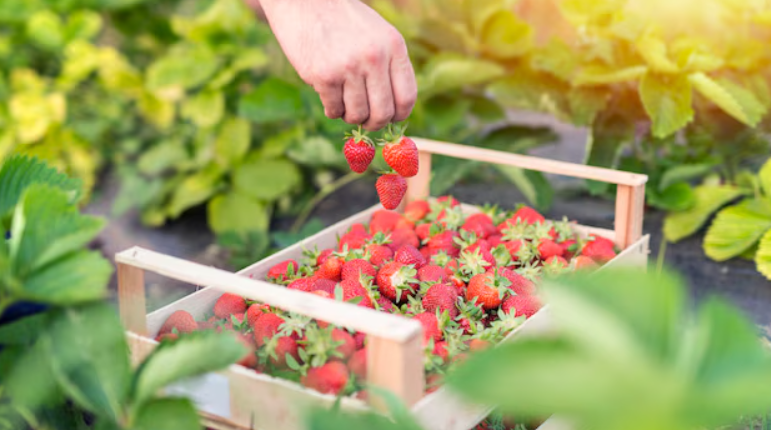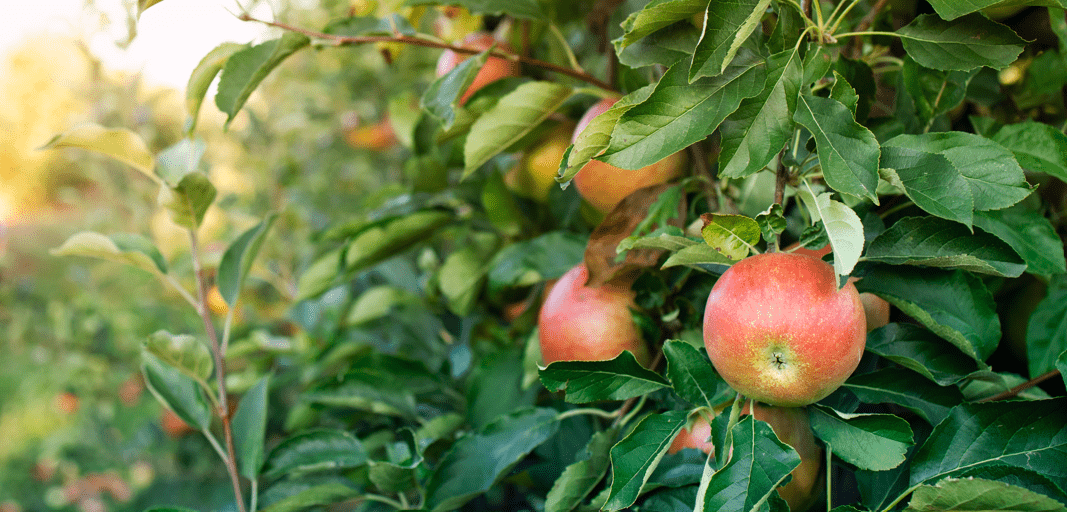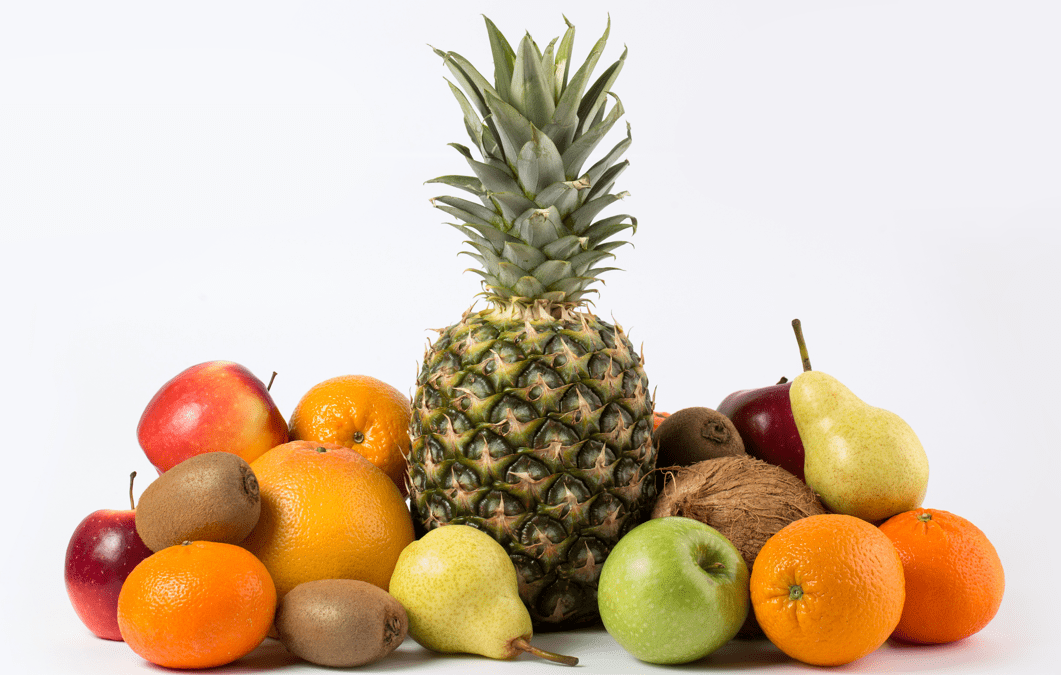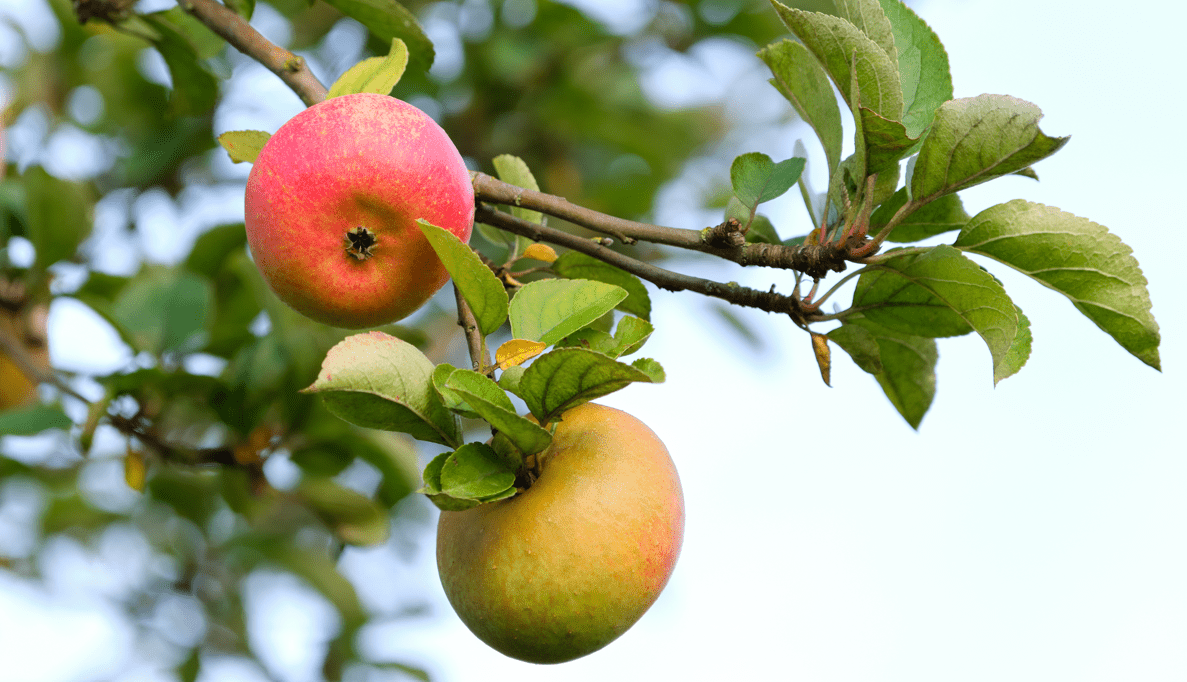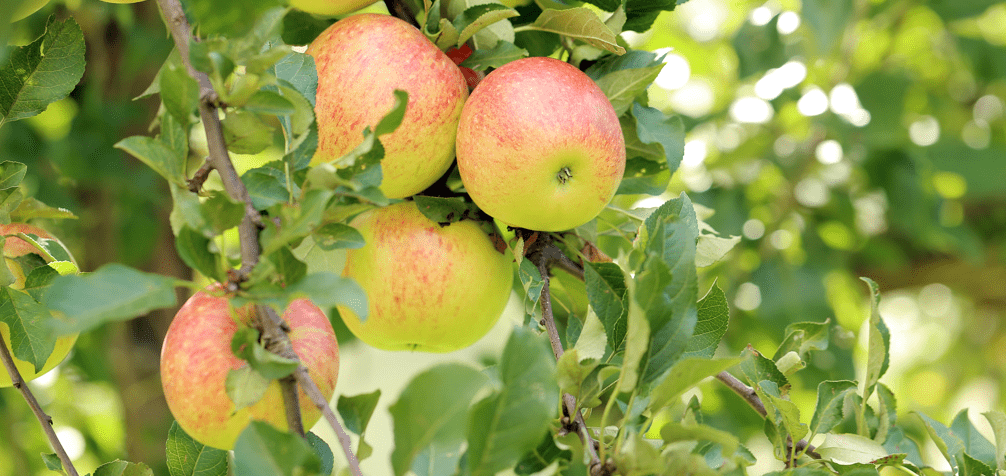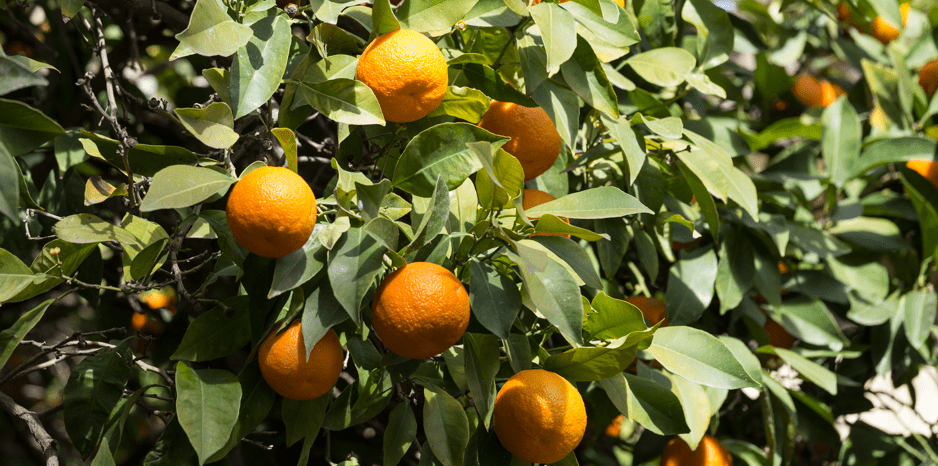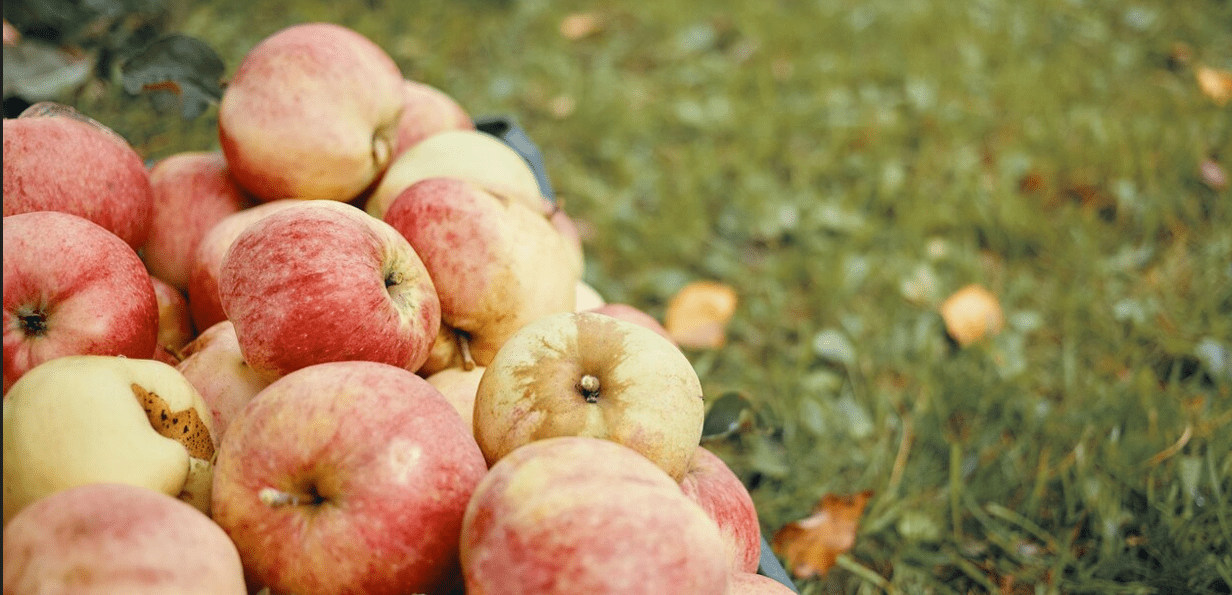Nothing is better than enjoying fresh strawberries straight from the plant—except when you can do it twice or thrice a year! That’s the beauty of everbearing strawberries. These plants can provide at least two annual harvests; under ideal conditions, you might even get three. Although they’re a bit trickier to grow than regular strawberry plants, their bountiful fruit makes the effort worth it.
What are Everbearing Strawberries?
Strawberries fall into three main types: June-bearing, day-neutral, and everbearing. June-bearing strawberries produce fruit in the spring when the days are longer. You can harvest them just before the summer solstice. Like everbearing ones, day-neutral strawberries produce fruit throughout the summer but tend to yield more in late spring and early fall. Everbearing strawberries, on the other hand, provide a steady harvest all summer long.
How to Plant Everbearing Strawberries
When to Plant
Plant your everbearing strawberries as early as possible to make the most of your growing season. Ideally, aim for a few weeks before the last frost. If you live in a colder area, wait until your evening temperatures consistently stay above 45°F to give your plants the best start.
Selecting a Location
When planting your everbearing strawberries, choose a spot that receives full sun but is shielded from the intense afternoon heat. While dappled afternoon sunlight is fine, the harsh midday sun can burn the leaves during the hottest months.
It’s also essential to keep the area manageable. You don’t want a sprawling strawberry patch that’s hard to maintain. Give your plants enough space to spread out and easy access when harvesting and caring for them, but avoid giving them too much room to prevent constant weeding.
Spacing and Depth
Strawberries may be small, but they spread quickly. They send out runners, which are great for creating more plants but tend to spread wider rather than taller. Plant them with enough space about 15 to 20 inches apart. When planting, dig a hole a bit larger than the plant’s rootball and trim any dangling roots when removing the plant from its nursery pot.
For an easy solution, consider planting your everbearing strawberries in containers. It ensures they have enough room to spread and lets you place them in areas with optimal sunlight at the right time.
Everbearing Strawberry Care
Light
Everbearing strawberry care starts with choosing a spot in your garden with full sun. But be mindful of limiting direct afternoon sunlight. Aim for dappled sunlight in the afternoon to protect the plants’ delicate foliage from scorching. It helps ensure steady harvests throughout the summer and into the fall.
Soil
Aim for organically rich, well-draining soil to ensure a bountiful harvest of sweet, juicy strawberries. The pH should be as close to neutral as possible, so it’s a good idea to test the soil before planting. You can adjust the acidity or alkalinity for optimal growth.
Water
Juicy strawberries are unbeatable; that juiciness comes from ensuring your everbearing strawberries receive plenty of water. Generally, about an inch of water per plant is ideal to keep them happy and healthy. Just remember, good drainage is essential since strawberries are prone to root rot.
Temperature and Humidity
Temperature and humidity aren’t as critical as sunlight and irrigation are. If you plant them in a warm, sheltered area with plenty of supplemental watering, your strawberries should do well, though you may not get the full three harvests they’re capable of.
Fertilizer
For the best results, enrich your soil before planting by mixing 1 to 2 inches of compost into your garden bed. It will give your everbearing strawberries the nutrients they need immediately. If you need to fertilize mid-season, an all-purpose 10-10-10 fertilizer is a great option to keep your plants healthy and productive.
Harvesting Everbearing Strawberries
You could harvest your everbearing strawberries thrice in spring, late summer, and fall with proper care and the right conditions.
Harvesting at the right time is crucial to encourage more fruit. Pick bright red, large strawberries, and remove any too small or still immature. The goal is to gather as much fruit as possible in a short window and help your plant focus on producing more blooms, which leads to more fruit.
As you harvest, you’ll notice your plants sending out runners. Remove these runners to direct the plant’s energy into fruit production. You can save the runners by planting them in pots and keeping them indoors for the next season.

